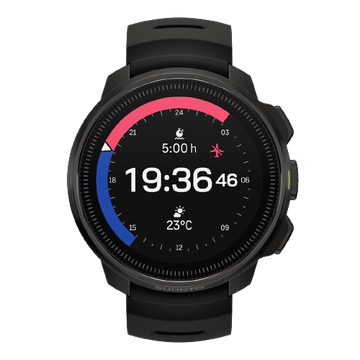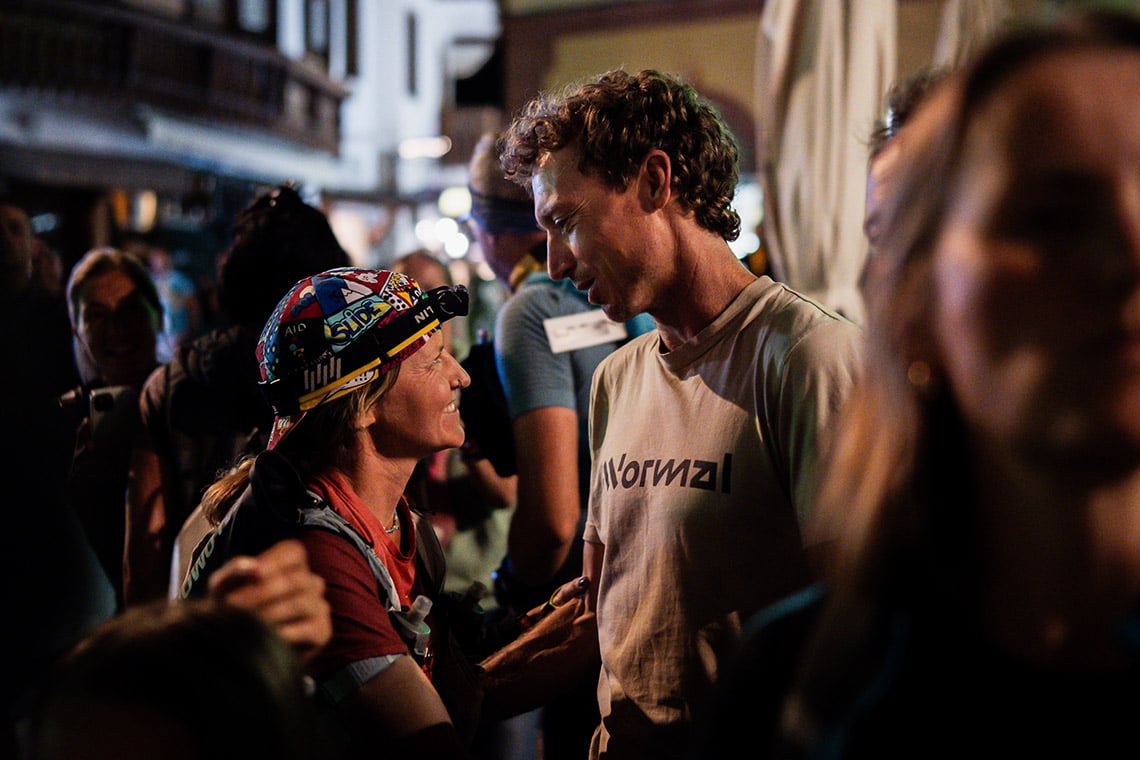It’s not suppose to hurt your ears
When I was a kid I dreamed about diving, but my ears and sinuses screamed in pain – but when you take a Scuba class you learn to equalize naturally. Diving should never be painful. Your ears hurt because of the effects of pressure – the volume of air spaces within your body are compressed by water pressure over your head. You need to adjust that change with equalization.
You’re not breathing what you breath on land
Most people mistakenly assume there’s an oxygen tank on your back. You’re not breathing oxgygen, you’re breathing what you’d breath on land, and that's 21% percent oxygen, 79% nitrogen and a few trace gasses – but it’s dried, filtered clean, and compressed. Technical divers may use exotic gasses like helium to conduct dives at much deeper levels, but recreational divers just breath, well, normal air.

How long can I stay under water, really?
That’s a tough questions! There’s a lot of factors that limit your dive. Important ones being how much air is in your tank and how deep you go. Recreational divers generally can ascend to the surface at any time during their dive with no need for de-compression stops on the way.
Uhhh, what are decompression stops?
Technical divers have an artificial ‘ceiling’ over their heads (or sometimes a real one). Artificial ceilings are created when you go deep or very long, and your body needs to time climatize and release gasses that have accumulated in the body. If you go higher, faster, you could get injured – it’s called decompression sickness (colloquially known as 'the bends’) and trust me, you don’t want to deal with it – symptoms include joint pain, headaches, neurological damage, even paralysis. But let me be clear: this is totally, 100% avoidable.
How safe is diving?
Statistically, diving is incredibly safe if you’re following the rules and know what’s going on. You’re more likely to suffer a fatal bowling injury! But you need to follow the sea conditions and weather, and follow the basic safety rules you learned in dive class.
Will my whole body wrinkle up like my fingers after too long in the pool?
Ha! That’s great, but no. You won’t come out looking like a prune.

What’s a dive algorithm?
A dive algorithm is a complex mathematical formula that attempts to simulate how the human body deals with the inert gas in scuba diving on descent and during the dive. It predicts how the body will off-gas that same inert gas to allow us to find the proper schedule for a safe ascent back to the surface. See the above statement about ‘decompression stops’.
Give us a sample dive profile?
A ‘dive profile’ is basically a map of how deep you go when (and for how long) during a dive. A rec-diver going to 30m of depth has only of 20min of bottom time before they ascend back to the surface with no safety stops. Alternatively, tech divers will spends hours at 30m, using rebreathers and different gasses to complete that dive, and they’ll have a number of decompression stops to come back to the surface.
Are there any long-term effects?
The current algorithms keep us in the safe envelope of exposure. I’ve got 7,000 dives, and sometimes am on projects that extend for months, diving every single day. Researchers are still looking at us (by that I mean people like me!) to see if there’s any long term effects. Decompression stress – the same thing that astronauts deal with, just on lesser levels – is of great interest to physiologists – there’s a lot of questions about how that stress expresses itself on bones or tissue over very long periods of time. But I’m 52 years old, and can still swim circles around most 20 year olds, so I’m not too worried for the long run!
Stay tuned for more articles about the science of diving.































































































